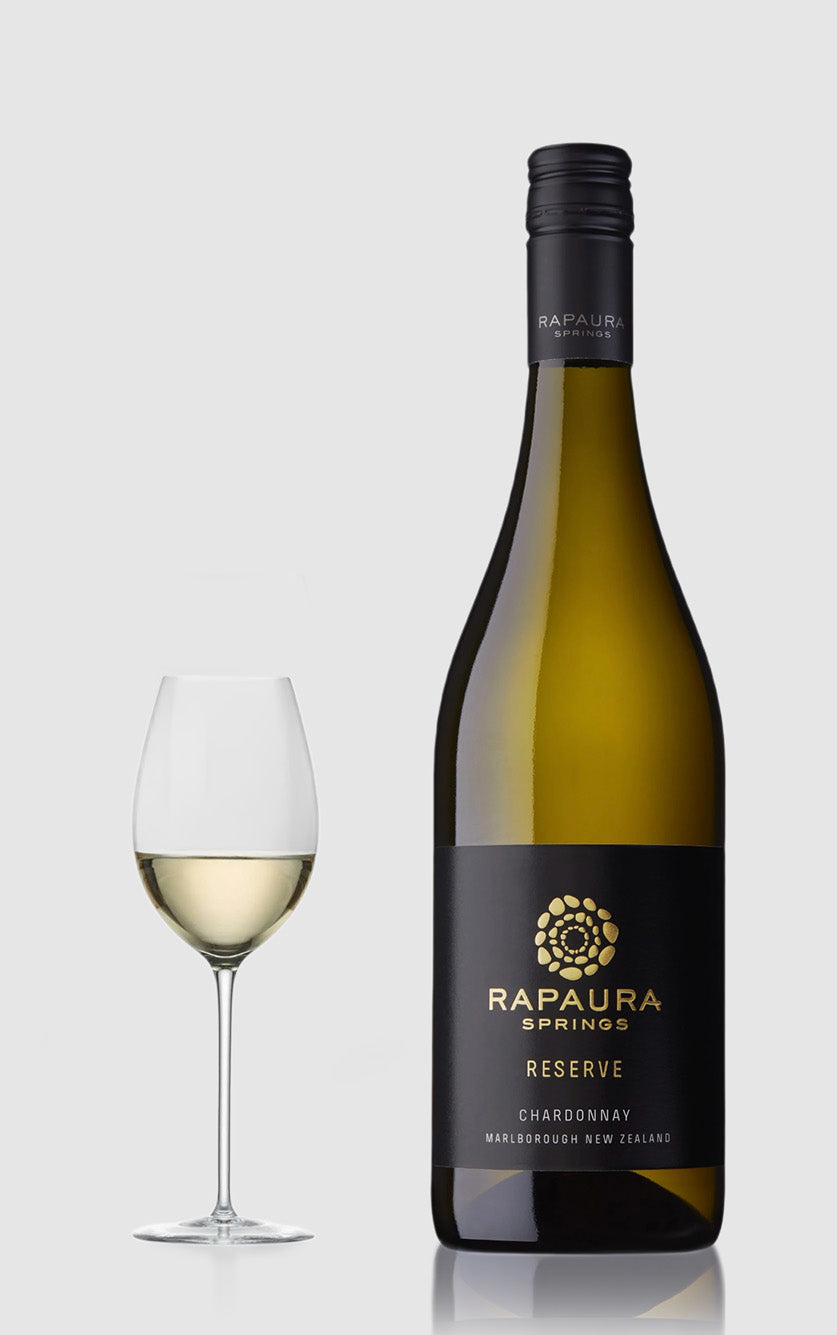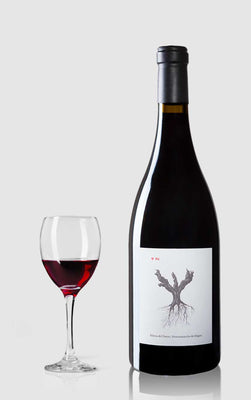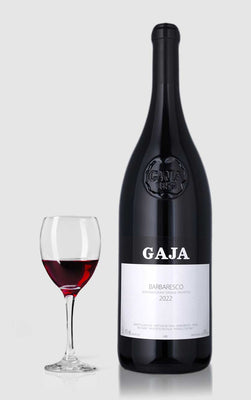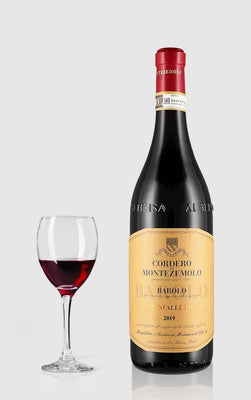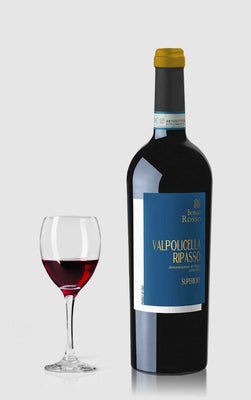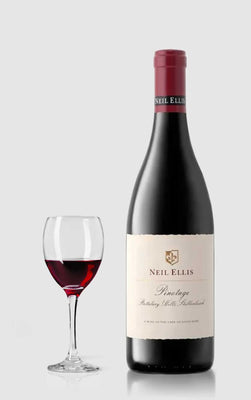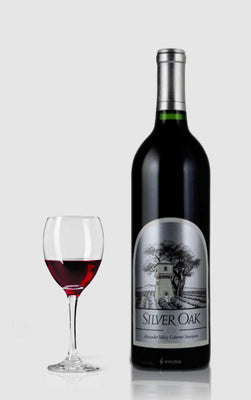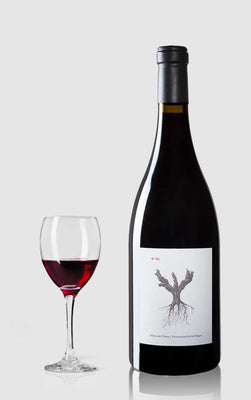Andre kategorier du måske vil kunne lide
Cabernet Sauvignon
-
 ★ 92 – Wine Enthusiast★ 92 – DH Wines★ 90 – James Suckling★ 4.2 – Vivino
★ 92 – Wine Enthusiast★ 92 – DH Wines★ 90 – James Suckling★ 4.2 – VivinoRust en Vrede Cabernet Sauvignon 2021
Vendor:Rust en VredeRegular price 299,00 DKKRegular priceUnit price / per -
 ★ 92 – Decanter★ 91 – DH Wines★ 4.0 – Vivino
★ 92 – Decanter★ 91 – DH Wines★ 4.0 – VivinoNeil Ellis Cabernet Sauvignon Jonkershoek Valley 2019 MAGNUM
Vendor:Neil EllisRegular price 399,00 DKKRegular priceUnit price / per -
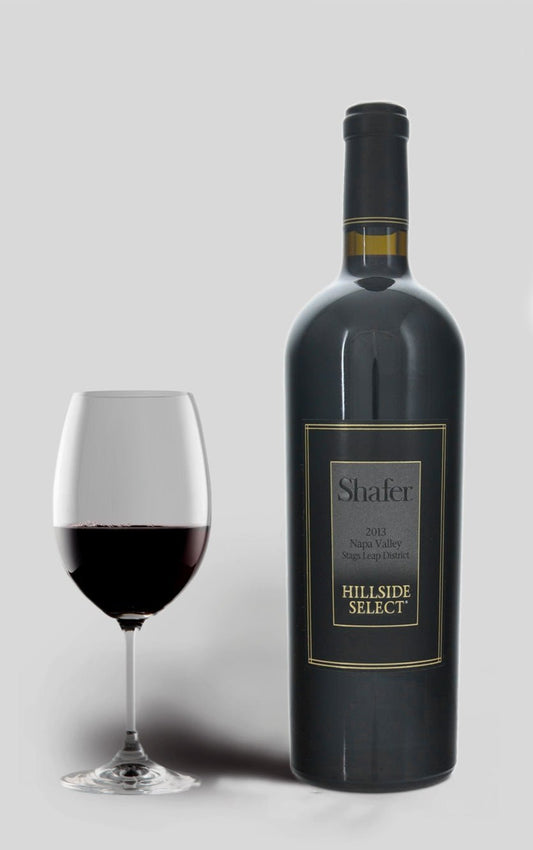 ★ 100 – Wine Enthusiast★ 100 – Robert Parker★ 100 – James Suckling★ 98 – DH Wines★ 95 – Decanter★ 4.8 – Vivino
★ 100 – Wine Enthusiast★ 100 – Robert Parker★ 100 – James Suckling★ 98 – DH Wines★ 95 – Decanter★ 4.8 – VivinoShafer Vineyards Hillside Select 2013
Vendor:Mike WallerRegular price 3.995,00 DKKRegular priceUnit price / per0,00 DKKSale price 3.995,00 DKK -
 ★ 93 – James Suckling★ 93 – Decanter★ 92 – Robert Parker★ 92 – DH Wines★ 4.4 – Vivino
★ 93 – James Suckling★ 93 – Decanter★ 92 – Robert Parker★ 92 – DH Wines★ 4.4 – VivinoRustenberg, Peter Barlow, Magnum 2015
Vendor:RustenbergRegular price 899,00 DKKRegular priceUnit price / per -
 ★ 93 – Wine Enthusiast★ 92 – Robert Parker★ 92 – James Suckling★ 92 – Decanter★ 92 – DH Wines★ 4.5 – Vivino
★ 93 – Wine Enthusiast★ 92 – Robert Parker★ 92 – James Suckling★ 92 – Decanter★ 92 – DH Wines★ 4.5 – VivinoLe Riche Reserve Cabernet Sauvignon 2019
Vendor:Le RicheRegular price 449,00 DKKRegular priceUnit price / per -
 ★ 95 – DH Wines★ 94 – Wine Enthusiast★ 93 – James Suckling★ 92 – Decanter★ 4.4 – Vivino
★ 95 – DH Wines★ 94 – Wine Enthusiast★ 93 – James Suckling★ 92 – Decanter★ 4.4 – VivinoCWG Cape Winemakers Guild Cabernet Sauvignon 2019
Vendor:UnknownRegular price 1.000,00 DKKRegular priceUnit price / per -
 ★ 94 – James Suckling★ 93 – Decanter★ 93 – DH Wines★ 4.3 – Vivino
★ 94 – James Suckling★ 93 – Decanter★ 93 – DH Wines★ 4.3 – VivinoThe Trafford Cabernet Sauvignon 2018
Vendor:De Trafford-7% rabatRegular price 249,00 DKKRegular priceUnit price / per269,00 DKKSale price 249,00 DKKSale -
 ★ 89 – DH Wines★ 3.9 – Vivino
★ 89 – DH Wines★ 3.9 – VivinoThe Bridge Cabernet Sauvignon 2013
Vendor:The BridgeRegular price 999,00 DKKRegular priceUnit price / per -
 ★ 93 – Robert Parker★ 93 – Decanter★ 92 – DH Wines★ 4.0 – Vivino
★ 93 – Robert Parker★ 93 – Decanter★ 92 – DH Wines★ 4.0 – VivinoDavid Finlayson GS Cabernet Sauvignon MAGNUM 2020
Vendor:David FinlaysonRegular price 599,00 DKKRegular priceUnit price / per0,00 DKKSale price 599,00 DKK -
 ★ 94 – Wine Enthusiast★ 94 – Robert Parker★ 93 – James Suckling★ 92 – DH Wines★ 4.3 – Vivino
★ 94 – Wine Enthusiast★ 94 – Robert Parker★ 93 – James Suckling★ 92 – DH Wines★ 4.3 – VivinoCWG Delaire Graff Estate Banghoek Cabernet Sauvignon 2018
Vendor:Unknown-14% rabatRegular price 849,00 DKKRegular priceUnit price / per995,00 DKKSale price 849,00 DKKSale -
 ★ 96 – James Suckling★ 95 – DH Wines★ 93 – Decanter★ 4.6 – Vivino
★ 96 – James Suckling★ 95 – DH Wines★ 93 – Decanter★ 4.6 – VivinoCaymus Cabernet Sauvignon Special Selection 2016
Vendor:CaymusRegular price 1.749,00 DKKRegular priceUnit price / per -
 ★ 98 – James Suckling★ 97 – Wine Enthusiast★ 96 – DH Wines★ 95 – Robert Parker★ 95 – Decanter★ 4.7 – Vivino
★ 98 – James Suckling★ 97 – Wine Enthusiast★ 96 – DH Wines★ 95 – Robert Parker★ 95 – Decanter★ 4.7 – VivinoBond Neighbor 2006
Vendor:Borgo ScopetoRegular price 4.495,00 DKKRegular priceUnit price / per0,00 DKKSale price 4.495,00 DKK
Collection: Cabernet Sauvignon
Cabernet Sauvignon is one of the world’s most recognized and widely grown red grape varieties. It is known for its structure, dark fruit, high tannins and ability to age for decades. Originally from Bordeaux, the grape is now grown globally – from Napa Valley and Maipo to Coonawarra and Bolgheri. The flavour profile includes blackcurrant, cedar, graphite, dark chocolate and dried herbs.
Flavor profile and characteristics
Typical Cabernet Sauvignon is dark in color, full-bodied and structured. It has:
- Fruit: Blackcurrants, blackberries, black cherries
- Tannin: Prominent, especially at a young age – gives longevity
- Acidity: Medium to high – depending on growing location
- Other notes: Tobacco, pencil lead, graphite, cedar, herbs and dark chocolate
The grape ripens late and thrives best in warm, sunny climates with well-draining soils – such as gravel, sand or lime. It has the ability to reflect its terroir and changes style significantly between, for example, Bordeaux and Napa Valley.
Famous regions for Cabernet Sauvignon
- Bordeaux (France): Cabernet is dominant in left bank wines such as Pauillac, Margaux and Saint-Estèphe. Blend partner with Merlot and Petit Verdot.
- Napa Valley (USA): Rich, ripe wines with low acidity and high alcohol. Often aged in new French oak.
- Maipo & Colchagua (Chile): Elegant style with blackcurrant, pepper and freshness. Often with a good balance between fruit and acidity.
- Coonawarra (Australia): Notes of eucalyptus, mint and red fruit combined with a mineral backbone from limestone.
- Bolgheri (Italy): Tuscany microclimate creates structured and storage-worthy Super Tuscans on Cabernet.
- Stellenbosch (South Africa): Something between Bordeaux and New World. Structure, smoke and dark fruit.
Frequently Asked Questions about Cabernet Sauvignon
Is Cabernet Sauvignon good for aging?
Yes. Cabernet is among the most age-friendly grapes. The best wines can develop positively for 10–30 years depending on origin and vinification.
How does Cabernet from Bordeaux differ from Napa?
Bordeaux Cabernet is typically more structured, acidic and herbal, while Napa wines are warmer, fruitier and often higher in alcohol with rounder tannins.
Is Cabernet Sauvignon dry?
Yes. Almost all Cabernet Sauvignon is made as a dry wine, although the ripe fruit can give a perception of sweetness in some versions.
- Choosing a selection results in a full page refresh.
- Opens in a new window.
